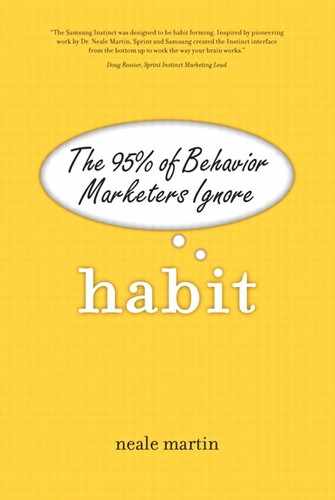New Product Failure
Roughly 80% of all new products fail or dramatically underperform expectations. Although this metric varies between industries and services, the cumulative performance across all products and services represents a staggering indictment of marketing.
The plight of the Contour provides a good example of new product failure. In an effort to create a “world car,” Ford Motor Company spent $6 billion to create a line that featured a compact model called the Contour, which debuted in 1995. The automotive press immediately validated the vehicle. Car and Driver put the Contour on its Top 10 list from 1995 to 1997. Edmund’s named the Contour’s SVT sporty edition its most-wanted sedan under $25,000 in 1999. Yet a scant five years after introduction, Ford killed the Contour due to a plunge in what had already been lackluster sales.
In another questionable move, Ford introduced two cars to take the place of the highly successful Taurus, which annually vied with the Honda Accord and Toyota Camry for the number one position in U.S. sales. The company replaced its perennial best-selling car with the Fusion, which is slightly smaller than the Taurus, and the 500, which is slightly larger. Combined sales for the two vehicles were a fraction of those for the Taurus at the height of its market domination. But rest assured that Ford went to exhaustive lengths in marketing research, focus group testing, and development of a multimillion-dollar ad campaign before it decided to replace its top-selling car. (By the end of 2007, the Ford 500 was transformed back into the Ford Taurus—only the nameplate was changed.)
One of the easiest jobs in the world is to criticize decisions that have yielded bad outcomes, and Ford certainly received its share of critical press. But the Detroit automaker is hardly unique. Thousands of new products and services are launched each year, yet only a handful will have any meaningful impact on a company’s long-term profitability and survival. A prevailing attitude considers it impossible to predict with any accuracy which products will catch on with customers and which will be greeted with a shrug of indifference. Whenever people say “Let’s throw a bunch of stuff on the wall and see what sticks,” they are getting ready to waste a lot of money. It’s hard to imagine any other area of business that would tolerate such dismal results.
Chapter 5, “Marketing from a Habitual Perspective,” explains the source of customer apathy to most new product introductions, from television shows and movies to snack food and consumer electronics. At this point, it is important to understand that, for a product to succeed, it must first make a connection with existing concepts stored in the unconscious. The habitual minds of customers and potential customers must go through a physiological change to accommodate a new concept and a new brand. This is a process, not an event, and it cannot be successfully circumvented simply by spending money on advertising or getting good placements in stores.
